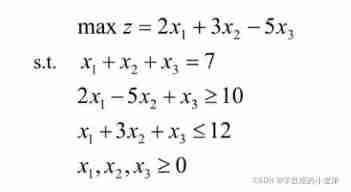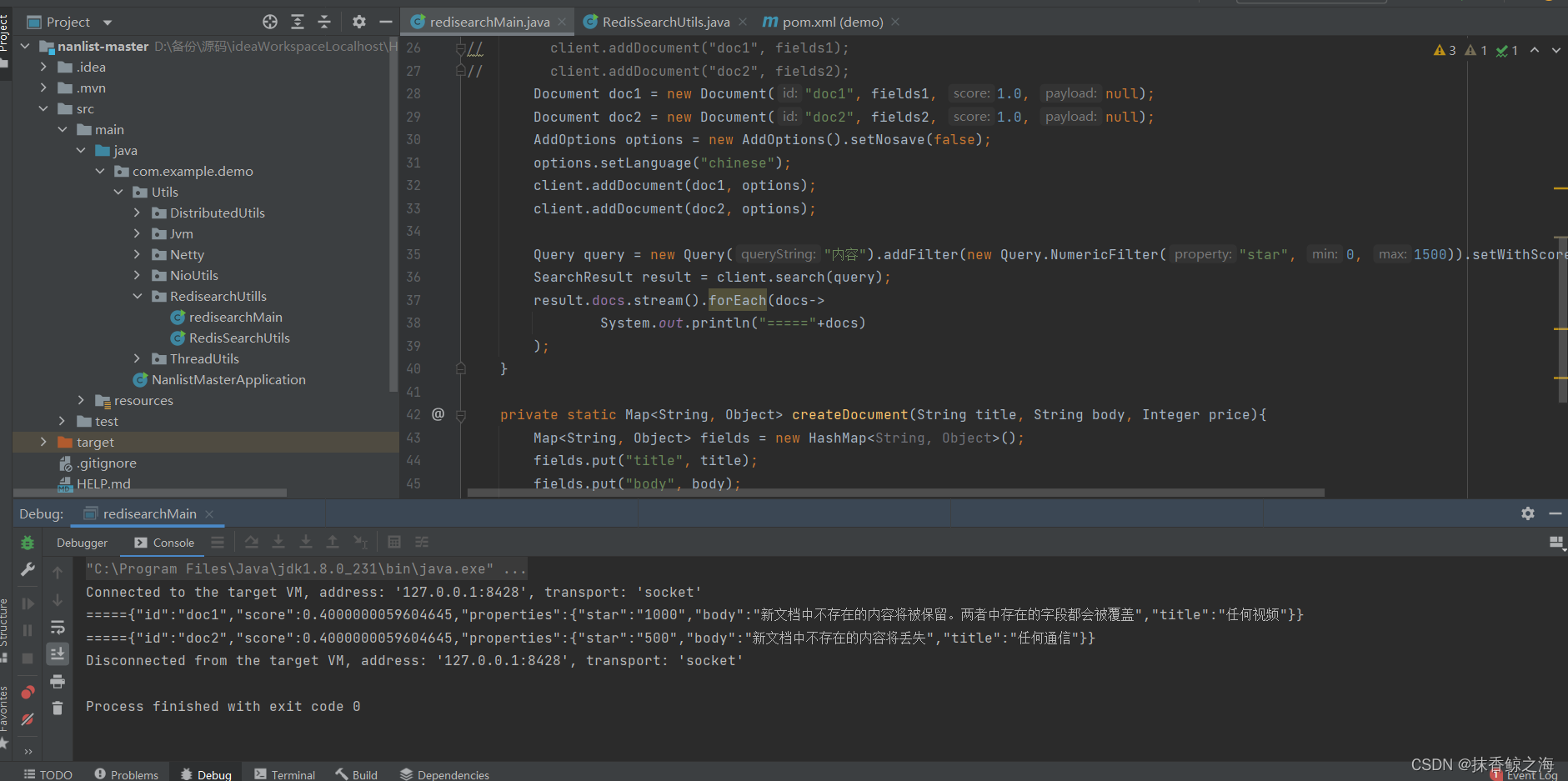当前位置:网站首页>Blue Bridge Cup provincial match simulation question 9 (MST)
Blue Bridge Cup provincial match simulation question 9 (MST)
2022-07-05 08:51:00 【Qizi K】
Blue Bridge Cup provincial match simulation Question 9
Problem description
2015 year , All over China, household electricity has been realized . As a Power Builder , Xiao Ming is helping one belt, one road, the other country .
This time, , Xiao Ming wants to help n The village is electrified , among 1 A power station can be built in Village No , The electricity is enough for all the villages .
Now? , this n There are no wires between the villages , Xiao Ming's main task is to set up wires to connect these villages , So that all villages are directly or indirectly connected to power stations .
Xiao Ming measured the location of all the villages ( coordinate ) And height , If you want to connect two villages , Xiao Ming needs to spend the coordinate distance between the two villages plus the square of the height difference , Formally described as coordinates by (x_1, y_1) The height is h_1 The village and coordinates are (x_2, y_2) The height is h_2 The cost of the connection between villages is
sqrt((x_1-x_2)(x_1-x_2)+(y_1-y_2)(y_1-y_2))+(h_1-h_2)*(h_1-h_2).
In the upper form sqrt Denotes the square root in brackets . Notice the position of the brackets , The calculation method of height is different from that of abscissa and ordinate .
Because of the limited funds , Please help Xiao Ming calculate how much it will cost him to make this n All villages are electrified .
Input format
The first line of input contains an integer n , It means the number of villages .
Next n That's ok , Every three integers x, y, h, It means the horizontal of a village 、 Ordinates and heights , The first village could build a power station .
Output format
Output one line , Contains a real number , Rounding reservation 2 Decimal place , Answer .
The sample input
4
1 1 3
9 9 7
8 8 6
4 5 4
Sample output
17.41
Evaluate use case size and conventions
about 30% The evaluation case of ,1 <= n <= 10;
about 60% The evaluation case of ,1 <= n <= 100;
For all profiling use cases ,1 <= n <= 1000,0 <= x, y, h <= 10000.
tips: Bare minimum spanning tree . Note the data range , Go straight up Prim( Because the data is just 1000, And calculate the distance of each point , Use adjacency matrix directly +prim that will do , No heap optimization ( If the edge is still used kruskal Write mst)).
#include<bits/stdc++.h>
using namespace std;
const int inf = 1e9;
int n,cnt,vis[1005];
struct node{
double x,y,h;
}book[1005];
double mp[1005][1005],dis[1005],sum;
double getdis(int i, int j){
return sqrt((book[i].x - book[j].x) * (book[i].x - book[j].x) + (book[i].y - book[j].y) * (book[i].y - book[j].y)) +
(book[i].h - book[j].h) * (book[i].h - book[j].h);
}
int main(){
scanf("%d",&n);
for(int i = 1; i <= n; ++i){
for(int j = 1; j <= n; ++j)
if(i == j) mp[i][j] = 0;
else mp[i][j] = inf;
}
for(int i = 1; i <= n; ++i)
scanf("%lf%lf%lf",&book[i].x,&book[i].y,&book[i].h);
for(int i = 1; i <= n; ++i){
for(int j = i + 1; j <= n; ++j)
mp[i][j] = mp[j][i] = getdis(i,j);
}
for(int i = 1; i <= n; ++i)
dis[i] = mp[1][i];
vis[1] = 1, cnt++;
//Prim
while(cnt < n){
int minn = inf,u;
for(int j = 1; j <= n; ++j){
if(!vis[j] && dis[j] < minn){
u = j,minn = dis[j];
}
}
vis[u] = 1,cnt++;
sum += dis[u];
for(int v = 1; v <= n; ++v){
if(!vis[v] && dis[v] > mp[u][v])
dis[v] = mp[u][v];
}
}
printf("%.2lf",sum);
return 0;
}
边栏推荐
猜你喜欢
随机推荐
TypeScript手把手教程,简单易懂
Digital analog 2: integer programming
My university
MPSoC QSPI flash upgrade method
Classification of plastic surgery: short in long long long
Programming implementation of ROS learning 5-client node
Install the CPU version of tensorflow+cuda+cudnn (ultra detailed)
[daily training] 1200 Minimum absolute difference
[牛客网刷题 Day4] JZ55 二叉树的深度
Halcon color recognition_ fuses. hdev:classify fuses by color
U8g2 drawing
Solutions of ordinary differential equations (2) examples
【日常训练】1200. 最小绝对差
Apaas platform of TOP10 abroad
Search data in geo database
Guess riddles (11)
Meta标签详解
ROS learning 1- create workspaces and function packs
IT冷知识(更新ing~)
kubeadm系列-02-kubelet的配置和启动







